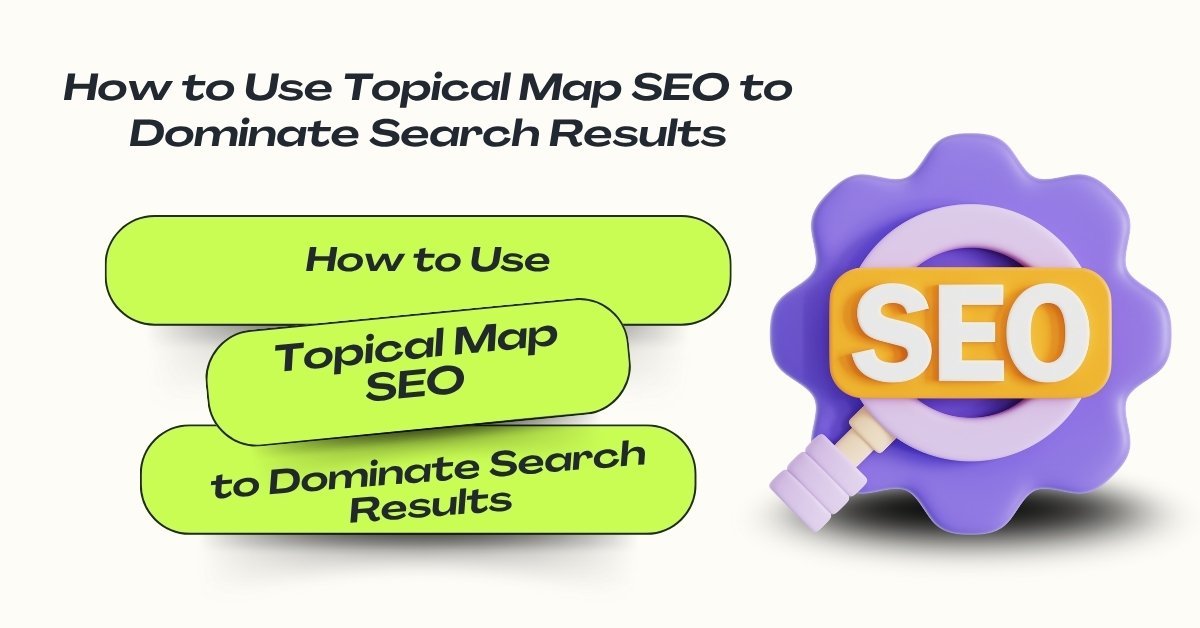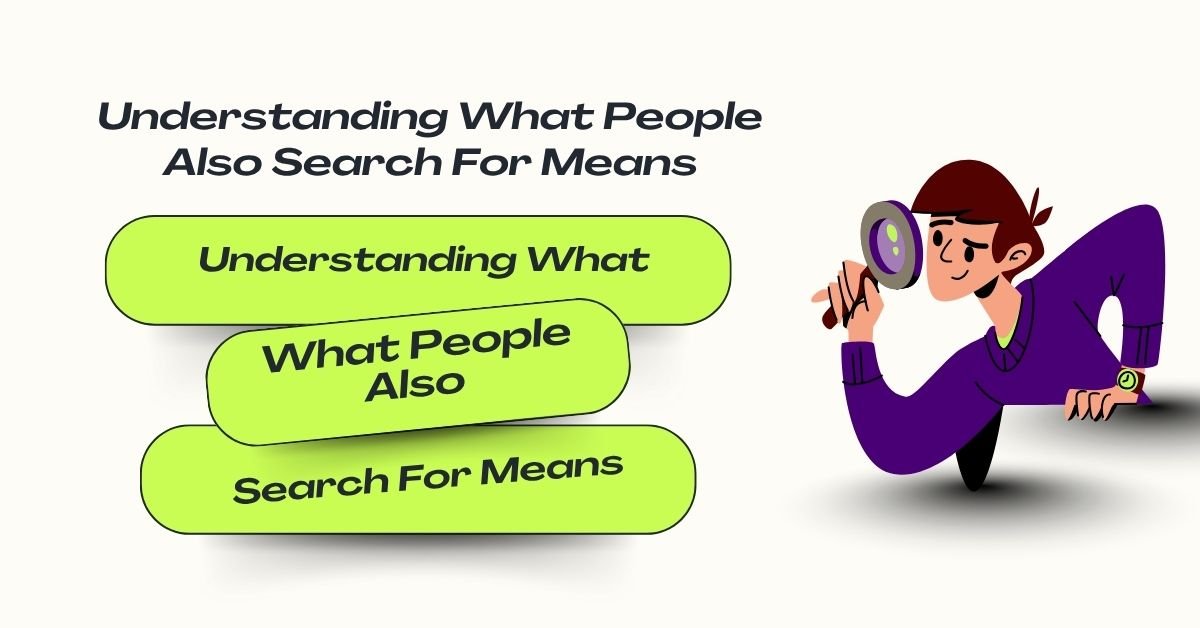
Content Marketing Tools for Marketer
Content marketing is more than just producing pieces or posting on social media in the fast-changing digital terrain of today. This is a strategic effort requiring accuracy, imagination, and informed judgments based on data.
But marketers need the proper content marketing tools for marketer if they are to properly negotiate this complicated world. Tools that improve creativity, simplify research, maximize distribution, and track impact. Even the best ideas run the danger of failing without them.
Tools for Insight and Ideas: The Research Backbone
1. SEMrush: All-around SEO and content research
Particularly strong in terms of keyword research, competitor analysis, and content gap identification is SEMrush. Its SEO toolkit enables companies to find areas of opportunity, competitor ranking, and what subjects appeal to their audience. SEMrush allows you to create content strategies anchored in actual search demand and competitive intelligence.
2. BuzzSumo: Content Performance and Trendspotting
BuzzSumo specializes in determining which material performs best on the web and across social media. It helps companies find popular subjects, pinpoint powerful writers, and evaluate most shared material of rivals. Creating relevant, timely material that draws interaction and shares depends on this awareness.
Making Excellence: Instruments for Cooperation and Creation
3. Grammarly: Polished, Clear Writing
Even the most interesting concepts fall short in absence of clear communication. Grammarly is a smart editor; she finds grammar mistakes, recommends style changes, and guarantees smooth reading of your work. Crucially for audience retention, it improves readability and helps to keep a professional tone.
4. Canva: Convenient Graphic Design
Effective message delivery and attention grabbing depend on visual material. Without great design knowledge, Canva provides an easy platform for producing amazing graphics, infographics, and social media visuals. Its drag-and- drop system and templates let marketers rapidly create consistent brand images.
5. Google Docs: Instant Cooperation
Google Docs is still a mainstay for teams writing and editing materials cooperatively. Its cloud-based architecture lets several people track changes, leave comments, and work concurrently. This adaptability speeds the editorial process and stimulates imagination.
Distribution and Amplitude: Instruments to Reach Your Audience
6. Buffer—Social Media Management and Scheduling
Buffer tracks involvement, schedules postings, and analyzes performance to help manage several social accounts. From one dashboard, it helps businesses keep a consistent posting rhythm and hone tactics depending on analytics.
7. Mailchimp: Easily Email Marketing
Still one of the best ways to distribute materials is email. Mailchimp provides automation tools, segmentation choices, and easy campaign building to provide tailored content straight to the email inbox of your audience. Its systems of reporting direct ongoing development.
Analyzing Success: Reporting Tools and Analytics
8. Google Analytics: Site Traffic and Behavior
Maximizing your approach depends on knowing how users engage with your material. Deep knowledge of website traffic sources, user behavior, and conversion paths is offered by Google Analytics. Marketers can find what material speaks to them and modify their strategy.
9. Hotjar: User Opinion and Experience
Hotjar visualizes user behavior using heatmaps, session recordings, and surveys, so complementing conventional analytics. It shows how users interact with your website, where they pause and what motivates conversions, thus guiding more user-centric content decisions.
Bonus: Workflow Management and Project Guideline
10. Trello – Sort Your Calendar of Content
Maintaining on target content production calls for effective organization. Flexible boards and cards from Trello enable marketers to create content calendars, assign work, and track visually changing progress. This clarity improves team output by clearing obstacles.
Improving Idea and Planning for Content
11. Answer The Public: Know What Your Readers Want
Developing ideas for content that appeal begins with understanding the questions and concerns of your audience. Answer the Public finds long-tail questions and phrases by visualizing search queries and autocomplete recommendations around your keywords. This realization enables marketers to produce specifically relevant material responding to actual user needs.
12. HubSpot Content Strategy Tool: Topic Cluster Based Planning
The content strategy of HubSpot arranges your material around central themes and subtopics, enhancing SEO by creating topical authority. Strategic linking of related keywords will help your site to be more relevant and improve its search ranking.
Content Creation and Editing Simplifying Process
13. Hemingway’s Editor Simplify and polish your work
Writing that is clear, succinct appeals more to readers. Hemingway Editor points out adverbs, passive voice, and complicated sentences as means of helping businesses improve readability. Particularly useful for cutting jargon and increasing the accessibility of material is this tool.
14. CoSchedule Headline Analyzer – Create Craft Headlines That Convert
Often the deciding factor whether a user clicks or scrolls past is headlines. The analyzer in CoSchedule grades your headlines on length, sentiment, and clarity. It helps you create headlines that draw readers in and inspire participation.
Multimedia Creation and Visual Storytelling
15. Lumen5 – Convert Blog Posts into Videos
Though creating videos can be resource-intensive, video content rules digital interaction. Lumen5 uses blog material to create short, shareable videos with captions and stock footage automatically. This tool enables companies to reinterpret current materials in order to appeal to larger markets.
16. Unsplash and Pexels – Excellent Free Images
Though expensive, visuals enhance narrative. Perfect for blog entries, social media, or presentations, these sites provide free, high-quality images covering many subjects and styles. Using real images improves professionalism without running afoul of budgets.
Modern Optimization and Analytics
17. SEMrush Content Analyzer – Track Content Performance
Beyond creation, knowledge of content performance is essential. Monitoring SEO health, backlink profiles, and user engagement statistics, SEMrush Content Analyzer helps companies maximize current material and spot areas where their approach falls short.
18. Google Search Console: Track Search Demand
Direct knowledge of how Google indexes your website and how your material ranks for particular searches comes from Google Search Console. Marketers find keyword opportunities, check click-through rates, and spot indexing mistakes using it.
Workflow Efficiency and Automation
19. Zapier – Link Your Marketing Tools
Zapier links apps and processes without coding to automate tedious chores. You might, for example, automatically post fresh blog entries to social media or enter leads from forms into your CRM. This automation lowers human error and saves time.
20. Airtable: Flexible Content Database
Perfect for content calendars, asset management, and teamwork, Air table blends database capability with spreadsheet simplicity. To simplify planning, marketers can adjust views, create deadlines, and interface with other tools.
Improving Content Distribution and Reach with Native Advertising
21. Platforms Outbrain and Tablua
Often breaking through natural noise requires paid advertising. Two top native advertising platforms are Outbrain and Taboola, which place your material as suggested articles on highly traffic publisher sites. These tools enable companies to scale target niche markets, increasing reach and enabling qualified traffic back to your website.
22. Quuu: Share Curated Content
Quuu offers marketers automatically shared hand-curated content recommendations on their social media platforms. Even in cases of limited original content, this keeps your audience interested with relevant, value-driven postings so preserving the presence of your brand without much effort.
Improving Keyword Strategy and SEO
23. Ahrefs – Backlink Analysis and Deep Dive SEO
Ahrefs shines in offering thorough SEO insights with regard to keyword difficulty, backlink profiles, and content gap analysis. This tool will help you spot untapped subjects your rivals might be overlooking, track the link health of your material, and find high-potential keywords.
24. Respond to the customer based on audience-centered keyword research
This tool compiles actual questions and phrases your target audience types into search engines, enabling you to produce material directly addressing user questions. Matching your material to real search intent raises relevancy and improves search engine results.
Improving UX and Content Engagement
25. Interactive Audience Feedback from SurveyMonkey & Type form
Getting user comments clarifies material and helps one to know audience needs. SurveyMonkey and Type form among other tools let marketers create interesting polls and questions. This direct input directs content changes, fresh topic ideas, and real-user data validation of hypotheses.
26. Crazy Egg – Seeing User Interaction
Heatmaps and scroll maps available from Crazy Egg show precisely how users interact with your content pages. Knowing which areas draw attention or create drop-offs helps you maximize layouts, calls to action, and general user experience.
Coordinating Content Teams and Campaigns
27. Monday.com – Strong Project Management
Monday.com provides a highly customizable workspace for larger teams where you may track stages of content creation, assign roles, create deadlines, and track campaign development. Open systems of operation promote responsibility and seamless teamwork.
28. Slack – Instant Team Communication
Not a tool for content creation specifically, Slack transforms team communication. Combined with many content tools, it simplifies approvals, brainstorming, and real-time feedback to guarantee that ideas get from concept to publication quickly.
Conclusion
Excellent content marketing is the result of careful strategy mixed with the correct tools; it cannot happen by accident. The tools and platforms described here enable marketers to uncover insights, create engaging narratives, reach intended markets, and precisely track impact.
Including these tools into your process turns obstacles into opportunities and increases the potency of your work and the success of your marketing.





Add Comment